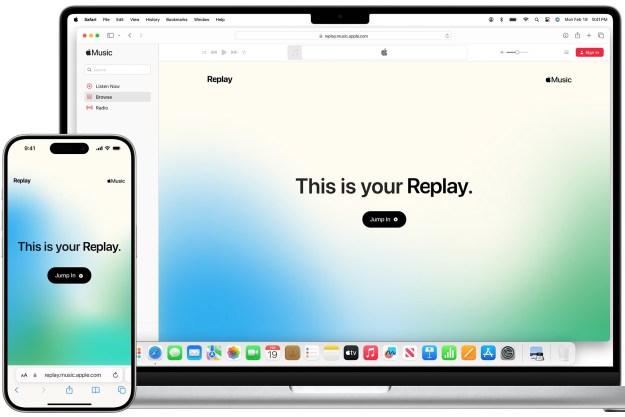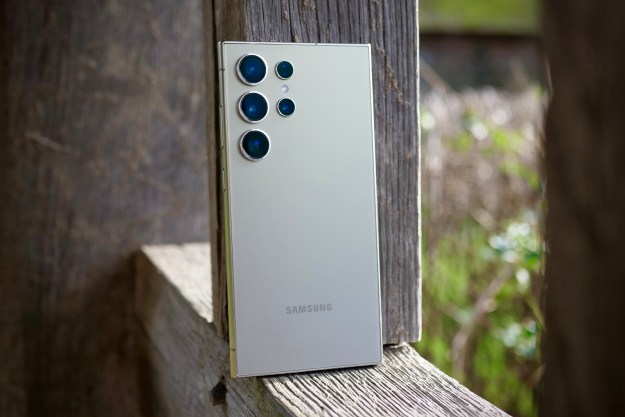With Android 12, Google debuted a whole new design language for the operating system. “Instead of Google Blue, we imagined Material You,” the company said at Google I/O 2021. For a whole lot of Android 12 upgraders though, the Google blues is exactly what they’re going to get when Android 12 hits.
This week, Samsung finally announced and distributed the beta for One UI 4, its take on Android 12. Shortly after, Oppo announced ColorOS 12, its own spin on Android 12. Alongside Nokia’s own Android 12 Beta, these releases tell us what to expect (and what not to expect) from
Just don’t expect Material You — at all. Google may have touted it as a headlining feature of Android 12, but it’s not going to be a feature for the majority of users. One UI 4 handles the same as One UI 3, and Color OS 12 continues Oppo’s iOS-inspired take on
Google didn’t hide the fact that Material You would be coming first to Pixels this fall, though it wasn’t clear whether that was because Pixels would be the very first phones to get Android 12, or whether Material You would be limited to Pixels. As of now, it seems to be the latter, though it could be a timed exclusive.
You’ll still find the more substantive changes made in Android 12 on other phones. Google’s added new indicators for when your microphone and camera are being engaged to prevent apps from accessing them surreptitiously. A detailed permissions manager will let you see which apps access your system sensors and how often. There are also mildly redesigned notifications, elements of which are being incorporated into interpretations from Samsung and Oppo. Samsung is keeping its own quick settings space, but the notification shade skews toward Google’s.
Android phone and tablet makers have coalesced around a distinct collection of elements that mark them out as
Editors' Recommendations
- 5 phones you should buy instead of the Samsung Galaxy S24 Plus
- 5 phones you should buy instead of the Samsung Galaxy S24
- These are the best Android 15 features you need to know about
- Android 15 has two hidden features you’re going to love
- 5 phones you should buy instead of the Samsung Galaxy S24 Ultra



